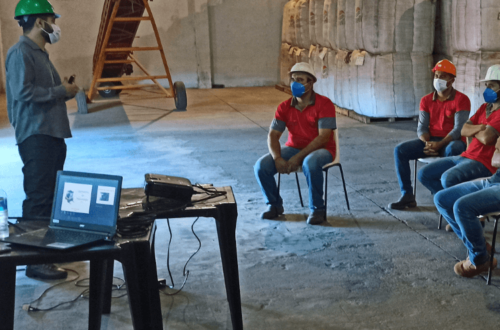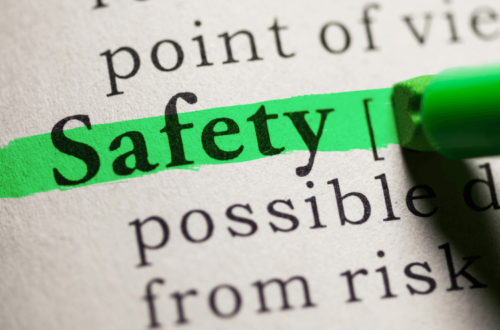Marine Construction: Safety Issues and Improvements
Marine construction, a sector dedicated to projects ranging from shipbuilding to the creation of offshore structures and coastal defenses, has a unique set of safety challenges due to its inherently hazardous working conditions. However, over the years, there have been significant strides made in improving safety and reducing the number of accidents in this sector. This article explores both the safety issues still present in marine construction and the advancements that have led to improvements.
Safety Issues in Marine Construction
1. Harsh and Variable Working Conditions
Marine construction workers often face harsh environmental conditions such as high winds, turbulent waters, and unpredictable weather, which can contribute to a higher risk of accidents. These conditions can lead to slips and falls, structural collapses, and maritime incidents like ship collisions.
2. Diving-Related Risks
Underwater construction, maintenance, and repair form a significant part of marine construction. Diving activities carry inherent risks such as decompression sickness, hypothermia, and potential entrapment in underwater structures. Companies that build docks, like Hollywood Marine Construction, are particularly susceptible to these types of accidents and injuries. Although many peers can be pneumatically or hydraulically rammed into submerged surfaces, there are still some instances where these types of installations require divers under the water to either guide the machinery, or do the work manually by hand. These types of installations come with increased risks.
3. Heavy Equipment and Machinery
The use of heavy machinery and equipment, common in marine construction, also presents significant safety risks. Workers can be injured in equipment malfunctions or accidents, and improperly secured equipment can fall into water, creating a dangerous situation.
4. Chemical and Biological Hazards
Workers in marine construction may be exposed to various chemical and biological hazards. Exposure to harmful substances used in the construction process or encountered in the marine environment can lead to serious health issues.

Safety Improvements in Marine Construction
Despite these challenges, there have been several improvements in the safety of marine construction, driven by technological advancements, regulatory efforts, and a growing emphasis on safety culture.
1. Enhanced Safety Regulations
Marine construction projects are now subject to stringent safety regulations. Regulatory bodies like the Occupational Safety and Health Administration (OSHA) in the U.S. and the Health and Safety Executive (HSE) in the U.K. have enforced safety standards that govern various aspects of marine construction, from the use of protective equipment to the handling of hazardous materials.
2. Advancements in Safety Equipment
Technological innovations have resulted in more effective safety equipment, which plays a crucial role in reducing accidents. Modern personal flotation devices (PFDs), for example, are not only more comfortable but also offer better buoyancy and visibility. Enhanced dive suits and breathing apparatus have significantly increased safety for divers.
3. Training and Education
There’s been a significant emphasis on safety training and education. Workers are now routinely trained in risk assessment, emergency procedures, and safe equipment operation. Additionally, many companies have implemented training programs focusing on the physical and mental health of their workers, acknowledging that a healthy worker is less likely to be involved in an accident.
4. Development of a Safety Culture
Many marine construction companies have worked to foster a culture that prioritizes safety. This approach goes beyond merely complying with regulations and seeks to integrate safety into every aspect of the work, from planning to execution. A strong safety culture encourages workers to look out for one another, report potential hazards, and take proactive steps to prevent accidents.
In conclusion, while safety challenges persist in marine construction due to the nature of the work, there have been substantial improvements in recent years. The emphasis on safety regulations, technological advancements, effective training programs, and the development of a safety culture are all driving the industry towards a safer future. Continuous attention to these factors is crucial for maintaining this positive trajectory.




